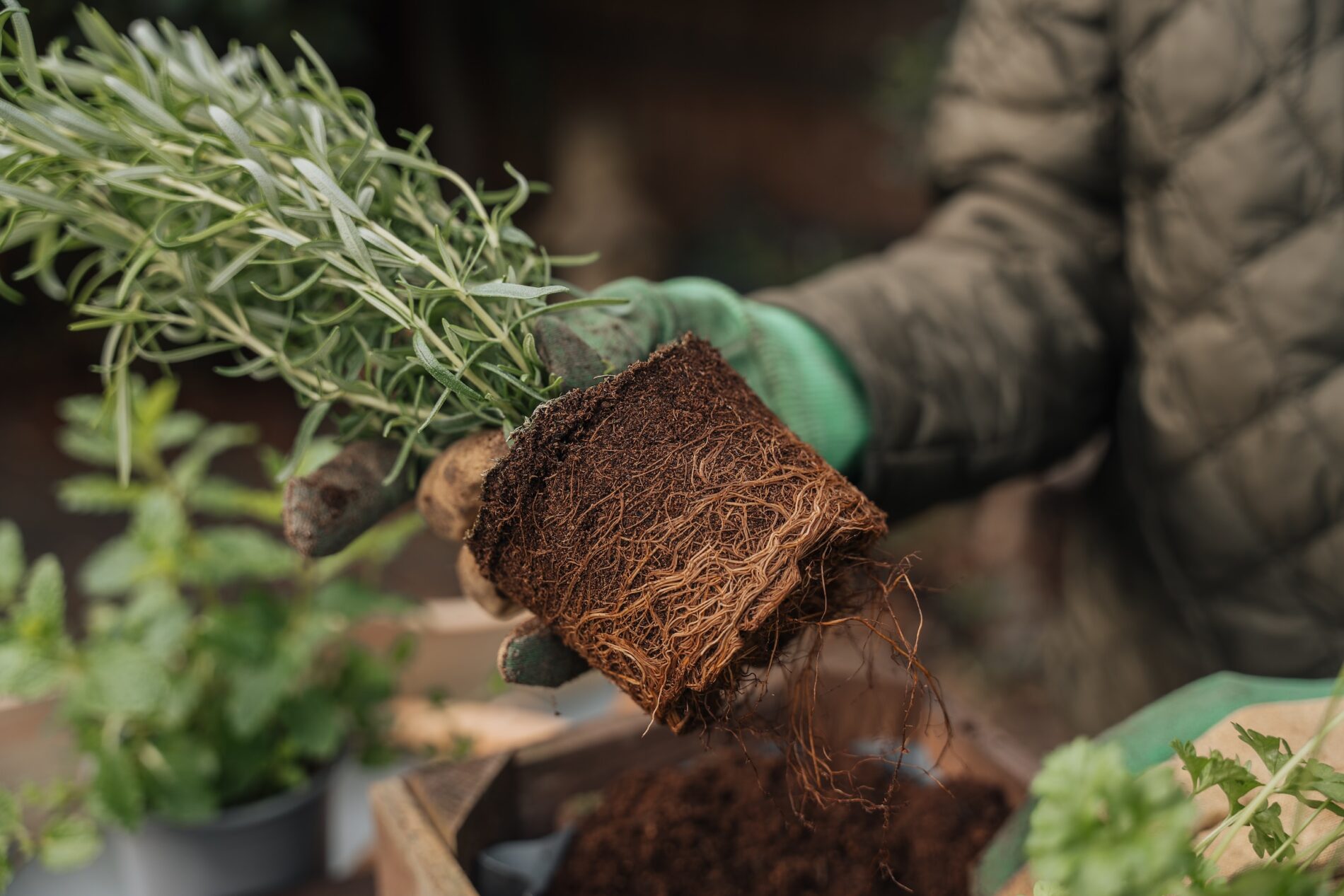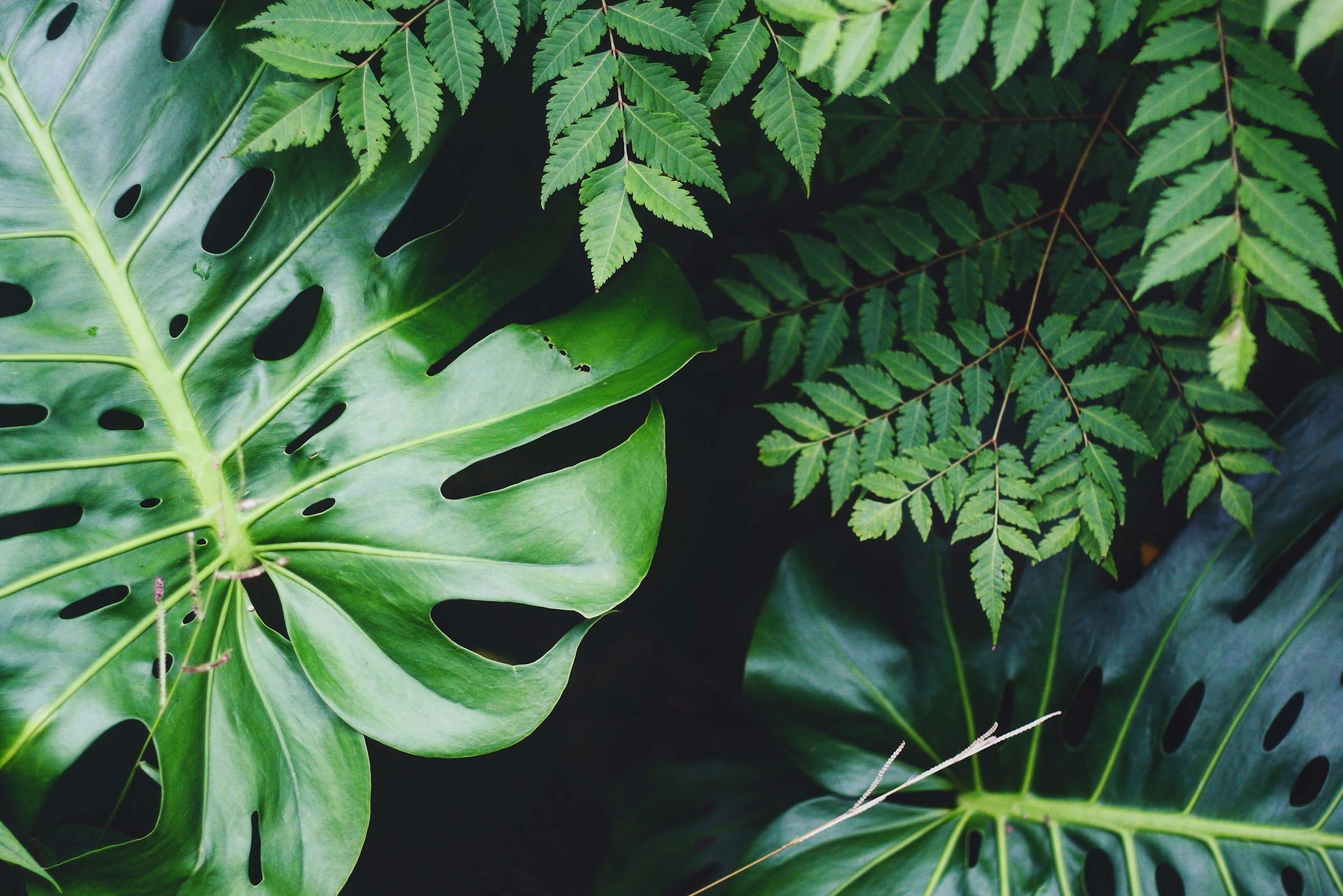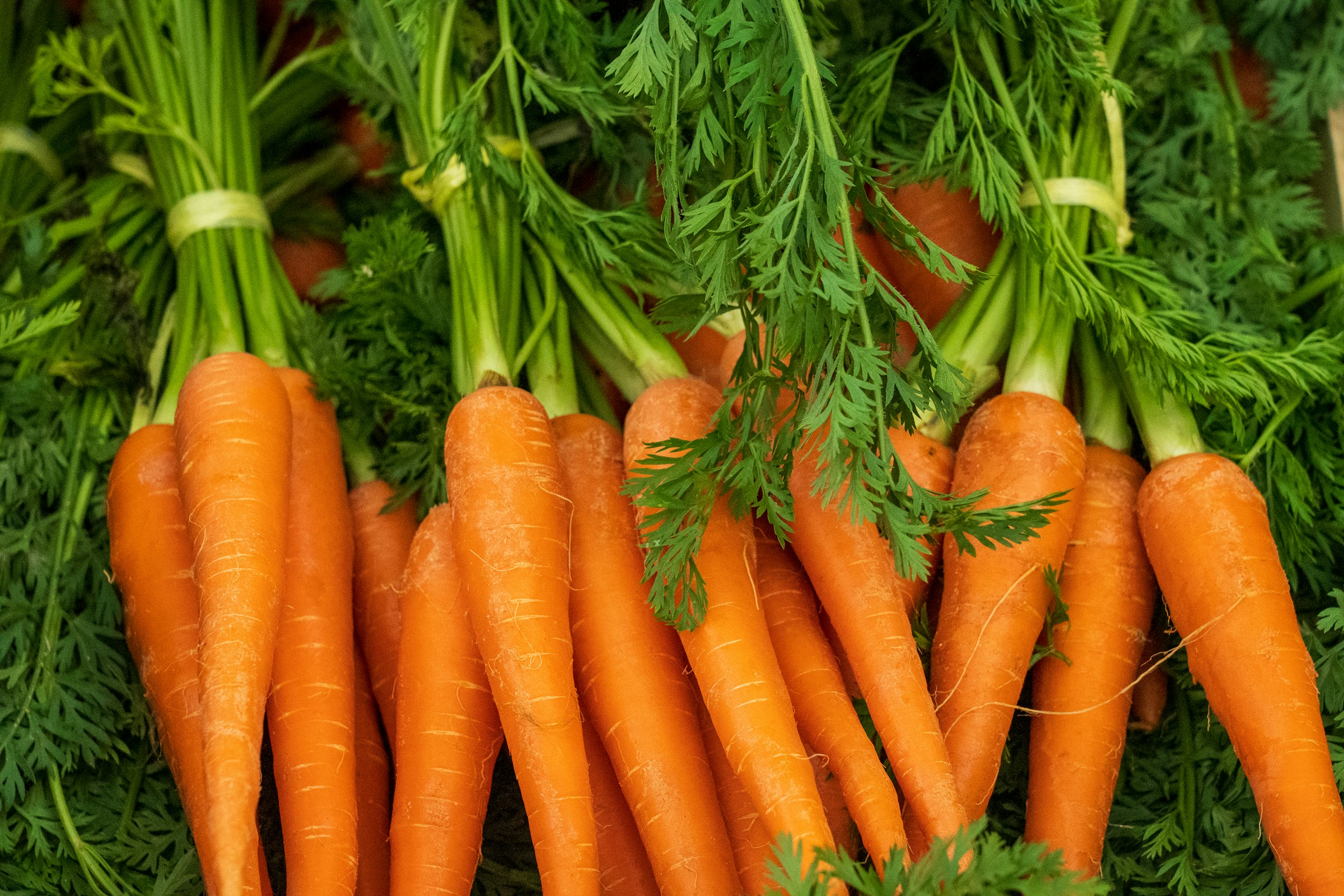Ever stared at your old potting soil and wondered if it could embark on a second journey of plant nurturing? Well, "Can you reuse potting soil?" is a question that echoes in the minds of gardeners and plant lovers alike. Let's dig deep into this topic and unearth some surprising truths and tips!

Can You Reuse Potting Soil: A Sustainable Choice?
Old potting soil doesn't have to face retirement just yet. Giving it a new lease on life is quite straightforward. The trick lies in balancing the old with the new. Think of it like making a sumptuous dish; it's all about the right ingredients! Mix in one part of fresh organic matter like homemade compost, worm castings, or mushroom compost for every two parts of your veteran soil. It rejuvenates the soil, bringing back essential nutrients and structure.
When to Say Goodbye to Old Soil:
When considering whether to say goodbye to old potting soil, several key factors exist. The condition of your potting soil is crucial to the health and growth of your plants. Let's explore when it's time to replace your potting soil:
Soil Compaction and Density:
Compaction and density are among the most common issues with old potting soil. Over time, components like peat moss break down, making the soil dense and difficult for roots to penetrate. This compaction affects drainage and the soil's ability to retain water effectively. If your potting soil feels dense and heavy, it's likely time for a replacement.
Drainage Issues and Water Retention:
Poor drainage can lead to a host of problems, including root rot. If your potting soil doesn't drain well or retains too much moisture, turning your plant containers into mini swamps is a clear sign that the soil needs to be replaced. Overly soggy soil can harbour fungal diseases and weaken your plants.
Nutrient Depletion:
Over time, potting soil can become depleted of essential nutrients. Plants absorb these nutrients for their growth, and once depleted, the soil becomes less effective. If you notice your plants are not thriving as they should, the soil might be lacking in essential nutrients like nitrogen, phosphorus, and potassium.
pH Imbalance:
The pH level of your potting soil is crucial for plant health. Most plants prefer a neutral to slightly acidic pH (between 5.8 and 6.0). If the pH of your potting soil is too low (very acidic) or too high (alkaline), it could adversely affect your plants. Azaleas and blueberries, for example, are sensitive to high pH levels.
Pests and Pathogens:
Old potting soil can be a breeding ground for pests and pathogens. If your soil has been exposed to pests or diseases, it's safer to replace it. Pathogens and mould in the soil can cause plant diseases, harming both the plants and your health.
Weed and Mold Growth:
The presence of weeds or mould in your potting soil is another red flag. Weed growth can indicate the presence of weed seeds, and mold growth can be harmful, especially when growing plants from seeds. Moldy potting soil should never be used for seedlings due to the risk of "damping off," a disease caused by soil-borne fungi.
Age and Usage of the Soil:
Consider how long you've been using the soil and for what purposes. If the soil has been in use for several years without replacement or has been exposed to adverse conditions (like pests or diseases), it may be time to replace it. However, if it's been used sparingly and stored properly, it might still be viable.
Sterilization - Necessary or Not?
Sterilizing potting soil is not always necessary, and whether you should do it depends on the condition and history of the soil. New potting soil is usually sterile when purchased, as it is treated with heat, steam, or chemicals to eliminate pathogens and weed seeds. However, old potting soil can harbour diseases, insect pests, and weeds, making sterilization a consideration if you're reusing it.
There are various methods for sterilizing potting soil, each with pros and cons. These include baking in an oven, using a microwave, steaming (either in a pressure cooker or on a stovetop), and solarization (using the sun's heat).
The choice of method depends on the amount of soil you need to sterilize and the equipment available to you. For instance, baking or microwaving is suitable for smaller quantities, while solarization can handle larger batches over a longer period.
However, it's important to note that sterilization can also kill beneficial microorganisms in the soil. It is something to consider, especially if you're aiming for organic gardening practices. Also, sterilizing soil in an oven or microwave can create strong odours, so it's recommended to do this in a well-ventilated area or on a day when windows can be opened.
If you decide to sterilize your potting soil, remember that as soon as you handle it or transfer it into another container, it will be exposed to new microorganisms, so it won't remain sterile for long. This process is more akin to pasteurization rather than complete sterilization.
Revitalizing Station: The Magic Touch
Revitalizing old potting soil is akin to giving it a rejuvenating spa treatment, essential for its next round of plant nurturing. The process involves more than just recycling; it's about adding life and vigour to the soil. Here's a condensed guide to the magical transformation of old potting soil:
- Remove Debris and Loosen Soil: Start by removing any debris like roots or leaves and loosening the soil. It helps in preparing the soil for further treatment.
- Adjusting pH Levels: Check the pH of the soil using a test kit. If the pH is off, you can adjust it using materials like perlite, lime, or gypsum. The ideal pH for vegetable-growing soils is around 6.4, but a range of ±0.2 is acceptable.
- Adding Nutrients: Introduce essential nutrients back into the soil. It can be done by adding a blend of compost and fertilizer. Studies have shown that this combination significantly boosts plant growth and health. Additionally, vermicomposting can improve the soil's physical properties and nutrient availability.
- Incorporating Organic Matter: Mix the old potting soil with high-quality compost in a 50/50 ratio. This step is vital for reinvigorating the soil with organic matter and improving its structure and nutrient content.
- Enhancing with Soil Amendments: Add soil amendments such as slow-release organic fertilizers, including components like blood meal, bone meal, and chicken manure. These amendments help balance the nutrient content and improve soil fertility.
- Moistening and Mixing: After adding all the ingredients, moisten the mixture and blend everything thoroughly. This step ensures even distribution of the nutrients and organic matter throughout the soil.
- Letting the Soil Rest: Once mixed, it's beneficial to let the soil rest for a while. This resting period allows for developing a healthy microbial population, which is essential for plant growth.
The Little Things That Matter
In potting soil, it's often the small components that play a pivotal role. Perlite, peat moss, and coconut coir might not grab headlines, but they are crucial for maintaining a healthy growing environment. They work silently yet effectively, ensuring optimal moisture retention and fostering robust root health. These elements are essential for the vitality of your plants, making them the unsung heroes in gardening.
Frequently Asked Questions:
How often should I replace potting soil?
Generally, most potting soil can last up to two years. Keep an eye on its condition; if it's still fluffy and odour-free, it's good for another round!
Can I just add new plants to the old potting soil?
It's best to mix in some fresh organic matter and check the soil's condition before planting anew.
Is it cheaper to rejuvenate old potting soil than buying new?
Yes, it can be more cost-effective and environmentally friendly to give old soil new life with some added organic matter.
Conclusion: To Reuse or Not to Reuse?
In conclusion, reusing potting soil is like caring for a beloved old sweater. You can extend its life and functionality with a little TLC and knowing when to move on. So next time you're about to toss out that old potting soil, remember it might just be ready for its second act in your garden saga.




